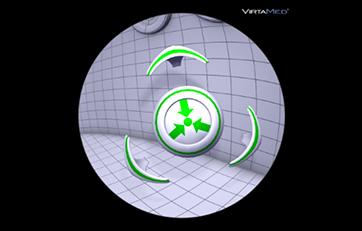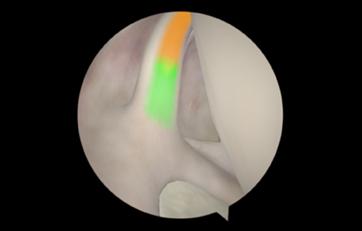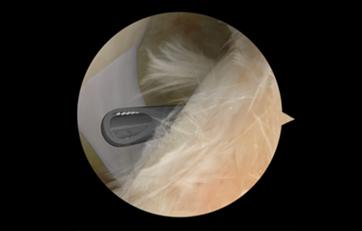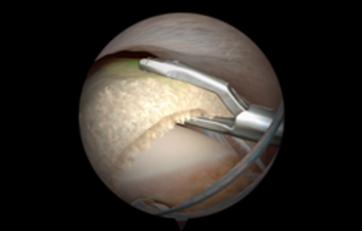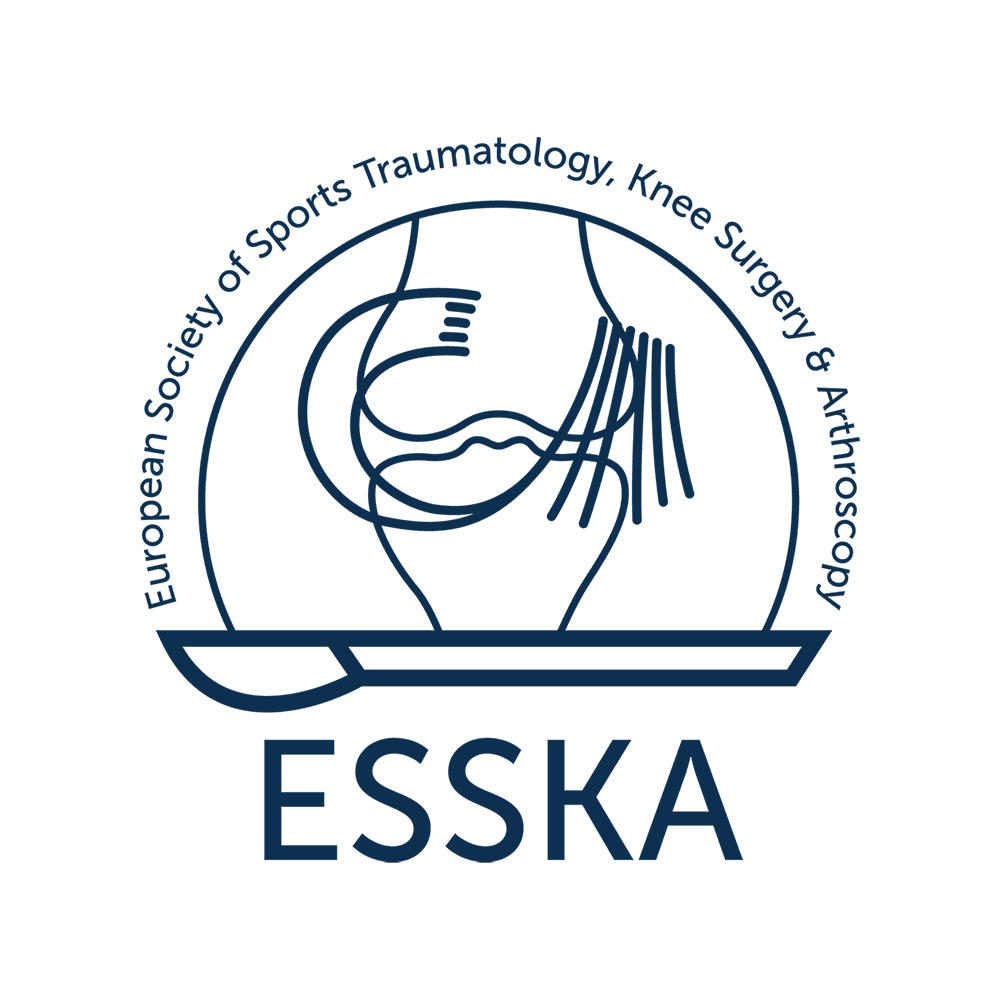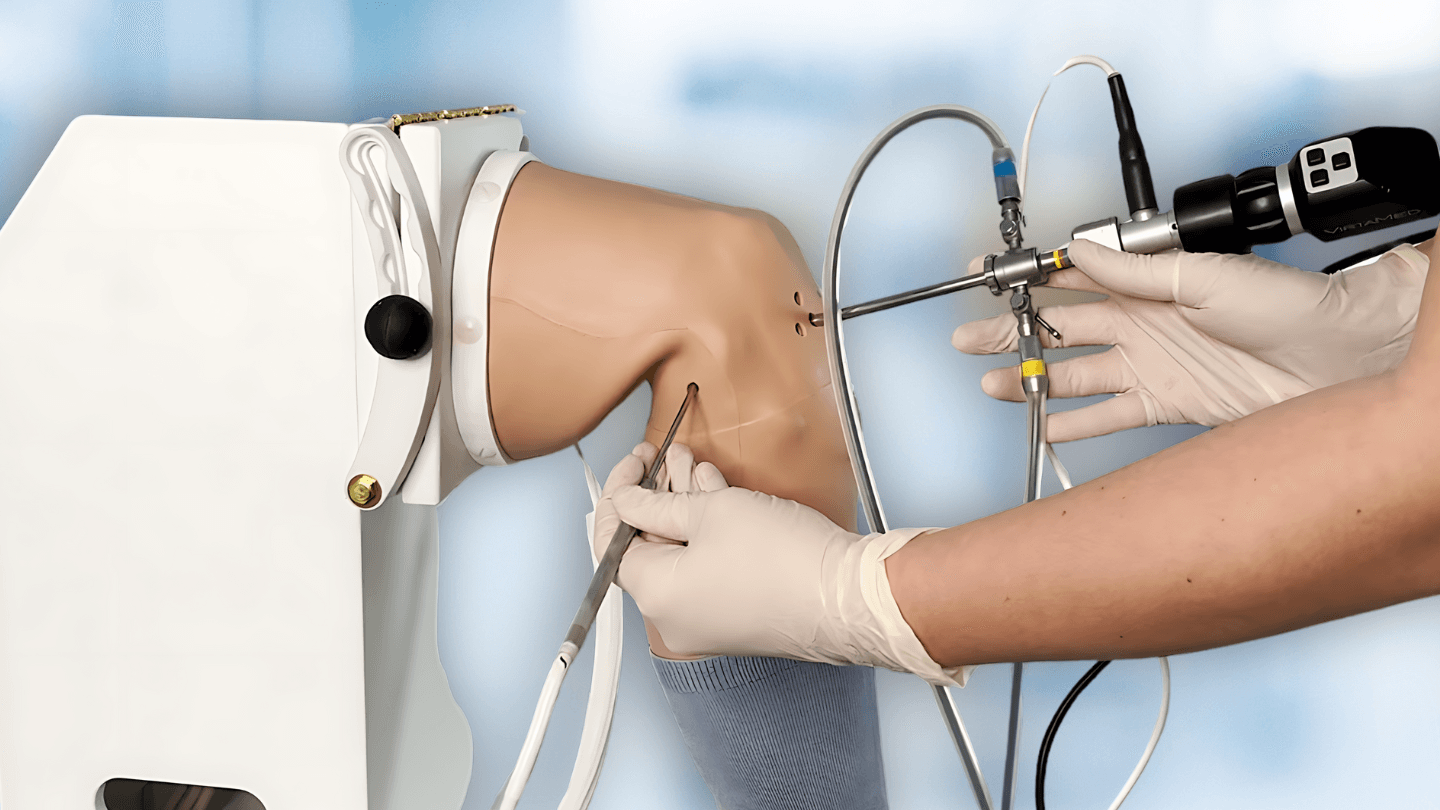
ArthroS™
Comprehensive arthroscopy training simulator with unmatched realism: real graphics, real instruments, real feel. Prepare for the operating room with precision and confidence using our state-of-the-art mixed reality technology.
Our expertise
Welcome to the forefront of arthroscopy training – the ArthroS™. Immerse yourself in the most realistic experience, where anatomical models and authentic instruments pave the way for a seamless transfer of skills from simulation to the operating room. Our modular setup empowers you with tailor-made, cost-efficient training solutions. Experience the future of skill transfer as validated competency-based training elevates your learning curve, ensuring a quicker path to proficiency.
ArthroS™ simulation modules
Fundamentals of Arthroscopy Surgery (FAST)
The FAST (Fundamentals of Arthroscopy Surgery Training) module was developed in collaboration with the Arthroscopy Association of North America (AANA) and the American Academy of Orthopaedic Surgeons (AAOS) as part of the American Board of Orthopaedic Surgery (ABOS) mandate for surgical skills training. It allows residents to acquire the basic motor skills needed for arthroscopy such as camera navigation and bimanual skills. A total of more than 300 exercises are available, ranging from image centering, and periscoping to triangulation and the use of different angled optics.
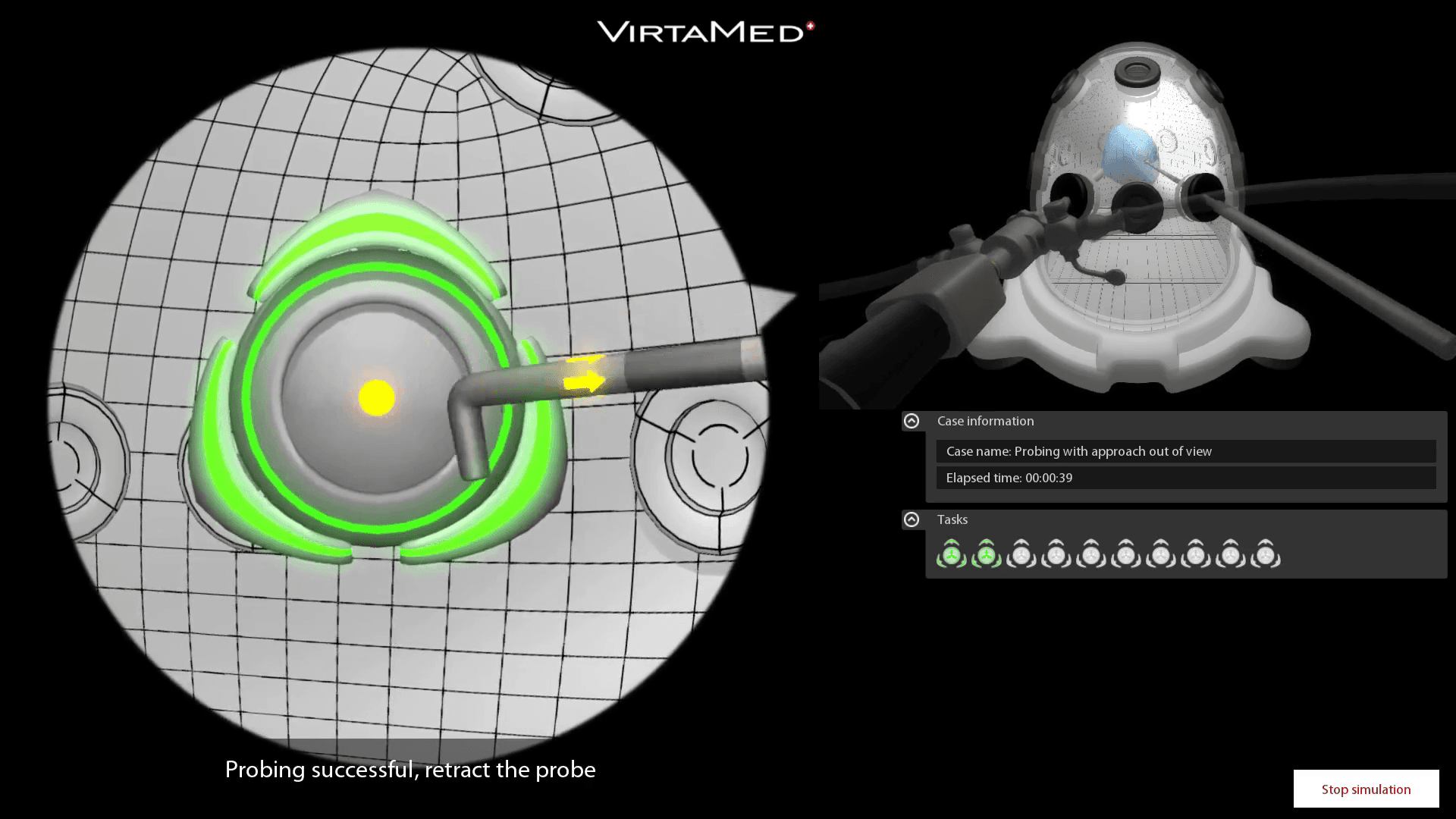
Add-ons
Diagnostic Arthroscopy Skill Score (DASS)
The DASS was developed by the Society for Arthroscopy and Joint-Surgery (AGA) for the objective assessment of arthroscopic skills. It consists of the evaluation of a standardized diagnostic knee arthroscopy and the evaluation of manual dexterity. Both the FAST and Knee are required for this add-on module.
ArthroS™ Knee
An anatomical knee model with soft skin allows for physical manipulation of the knee joint, including varus and valgus, flexion, extension, hip flexion, hyperflexion, and “figure of 4”. Trainees learn the basics of knee arthroscopy, perform complete diagnostic arthroscopies, and carry out smaller surgical interventions on more than 40 patient cases with different pathologies.
Add-ons
Meniscal Repair Module
Train the all-inside and outside-in repair techniques for radial and peripheral tears. Learn advanced techniques for meniscal root and meniscal ramp tears repair.
ACL Reconstruction Module
Perform an anatomical ACL reconstruction via the anteromedial portal with a bone-patellar tendon-bone (BTB) graft and interference screw graft fixation.
AANA Meniscectomy Module
10 meniscectomy cases for various meniscal tears developed in collaboration with the Arthroscopy Association of North America (AANA).
Diagnostic Arthroscopy Skill Score (DASS)
The Society for Arthroscopy and Joint-Surgery (AGA) developed DASS for the objective assessment of arthroscopic skills. It consists of the evaluation of a standardized diagnostic knee arthroscopy and the evaluation of manual dexterity. Both the FAST and Knee are required for this add-on module.
ArthroS™ Shoulder
An anatomical shoulder model with soft skin allows for a realistic palpation of landmarks, and movements such as abduction, adduction, flexion, traction, and rotation. Trainees practice shoulder navigation with a 15-point shoulder exam and subsequent therapeutic cases let them hone their newly acquired skills on a variety of shoulder pathologies including SLAP and Bankart lesions, PASTA tears, synovial membrane inflammations, impingements, and loose bodies.
Add-ons
Rotator Cuff Repair Module
Rotator cuff repair is a complex procedure with many steps and multiple instruments. Therefore, practice cases support trainees with step-by-step guidance while master cases are composed of full-length RCR procedures.
ArthroS™ Ankle
The ankle joint is narrow, and the risk of damaging cartilage or nerves is higher than most other arthroscopic surgeries. The curved bone horizon is disorienting, and surgeons often lose track of the exact location of their arthroscope in the absence of visual landmarks. Trainees learn to tackle and overcome these difficulties prior to their first live patients.
Platforms


Competency based outcomes
Simulation exercises align with the ACGME Milestones 2.0 in Orthopaedic Surgery and their defined proficiency levels.
Ten hours of simulator training in arthroscopy are insufficient to reach the target level based on the Diagnostic Arthroscopic Skill Score
Our data have demonstrated that arthroscopic skills can be taught effectively on a simulator, but a 10-h course is not sufficient to reach the target level set by experienced arthroscopists. However, learning progress can be monitored more objectively during simulator training than in the operating room, and simulation may partially replace the current practice of arthroscopic training.
- Anetzberger H, Reppenhagen S, Eickhoff H, Seibert FJ, Döring B, Haasters F, Mohr M, Becker R. Ten hours of simulator training in arthroscopy are insufficient to reach the target level based on the Diagnostic Arthroscopic Skill Score. Knee Surg Sports Traumatol Arthrosc. 2022 Apr;30(4):1471-1479. doi: 10.1007/s00167-021-06648-y.
Surgical simulation training should become a mandatory part of orthopaedic education
This study suggests that surgical simulation training is well accepted and even demanded among surgical residents as an alternative training solution able to address some of the limitations and challenges of the current one-to-one apprenticeship model. There is a wide variation among the residents regarding the number of training hours required, underscoring the need for structured performance-based simulator training.
- Seil R, Hoeltgen C, Thomazeau H, Anetzberger H, Becker R. Surgical simulation training should become a mandatory part of orthopaedic education. J Exp Orthop. 2022 Feb 28;9(1):22. doi: 10.1186/s40634-022-00455-1.
The Diagnostic Arthroscopy Skill Score (DASS): a reliable and suitable assessment tool for arthroscopic skill training
The results of this study indicate good validity and reliability of DASS for the assessment of the surgical performance of diagnostic knee arthroscopy during simulator training. Standardized training is recommended before arthroscopy surgery is considered in patients.
VirtaMed services
Connect
VirtaMed Connect is your all-in-one online platform, securely storing course data in the cloud for 24/7 access. With Connect, course directors effortlessly track resident progress, evaluate cohort and individual performance, and deliver targeted feedback. Plus, it simplifies the implementation of new courses, saving you valuable time while monitoring student progress.
Proficiency development
Technology is transforming medical education and training. VirtaMed's Training and Education team is skilled at developing training programs and optimally integrating active learning solutions into the learning journey.
Service & support
With a Net Promotor Score of more than 90, VirtaMed Services and Support team provides ongoing support, with a proven track record to resolving customer issues swiftly and effectively, ensuring seamless and hassle-free technology experiences.
Supporters
Factsheets & validation
Get more details about the most realistic arthroscopic simulator.
